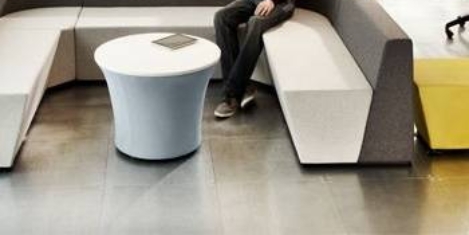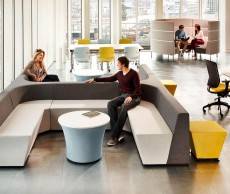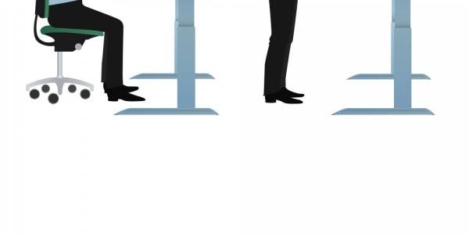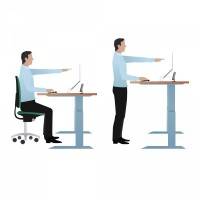May 24, 2015
KFC Germany introduces keyboard paper tray (for a while)
 Ever worry that the five minutes it takes to eat fast food is not only depriving you of nutrients but also the chance to stay online – unless you really don’t mind greasy fingerprints all over your smartphone? Maybe not, but it’s clearly a problem for some people which is why a German advertising and design agency has developed a Bluetooth enabled keyboard tray for KFC which allows customers to eat fatty food without the intrusion of inconveniences such as napkins, awareness of the physical world, their own thoughts and interactions with other people. The agency Gute Werbung and a tech firm called Serviceplan have helped the fast food chain to introduce the Tray Typer as part of a promotion. The device consists of a tray liner with a 0.4 mm thick keyboard, rechargeable battery and a Bluetooth chip.
Ever worry that the five minutes it takes to eat fast food is not only depriving you of nutrients but also the chance to stay online – unless you really don’t mind greasy fingerprints all over your smartphone? Maybe not, but it’s clearly a problem for some people which is why a German advertising and design agency has developed a Bluetooth enabled keyboard tray for KFC which allows customers to eat fatty food without the intrusion of inconveniences such as napkins, awareness of the physical world, their own thoughts and interactions with other people. The agency Gute Werbung and a tech firm called Serviceplan have helped the fast food chain to introduce the Tray Typer as part of a promotion. The device consists of a tray liner with a 0.4 mm thick keyboard, rechargeable battery and a Bluetooth chip.















 Lately I’ve seen many articles about sit stand workstations and references to Scandinavia where almost all of us employees have access to sit stand workstations. It is true that most of the Scandinavian employees have access to sit stand workstations and in for example in Denmark employers are required by law to provide sit stand workstations to the employees, but this does unfortunately not automatically mean that the Scandinavian employees actually stand by the workstations. Even though most of us actually know that sitting is bad for our health, wellbeing and even our performance, we tend to sit most of the time while working. It is mostly about us being used to sit while working. It is a habitual behaviour and instead we need to get new habits of standing and moving at work. Change management is needed.
Lately I’ve seen many articles about sit stand workstations and references to Scandinavia where almost all of us employees have access to sit stand workstations. It is true that most of the Scandinavian employees have access to sit stand workstations and in for example in Denmark employers are required by law to provide sit stand workstations to the employees, but this does unfortunately not automatically mean that the Scandinavian employees actually stand by the workstations. Even though most of us actually know that sitting is bad for our health, wellbeing and even our performance, we tend to sit most of the time while working. It is mostly about us being used to sit while working. It is a habitual behaviour and instead we need to get new habits of standing and moving at work. Change management is needed.
















May 20, 2015
Collaborative work is the driving force behind the desk rental boom
by Peter Ames • Comment, Flexible working, Property
(more…)